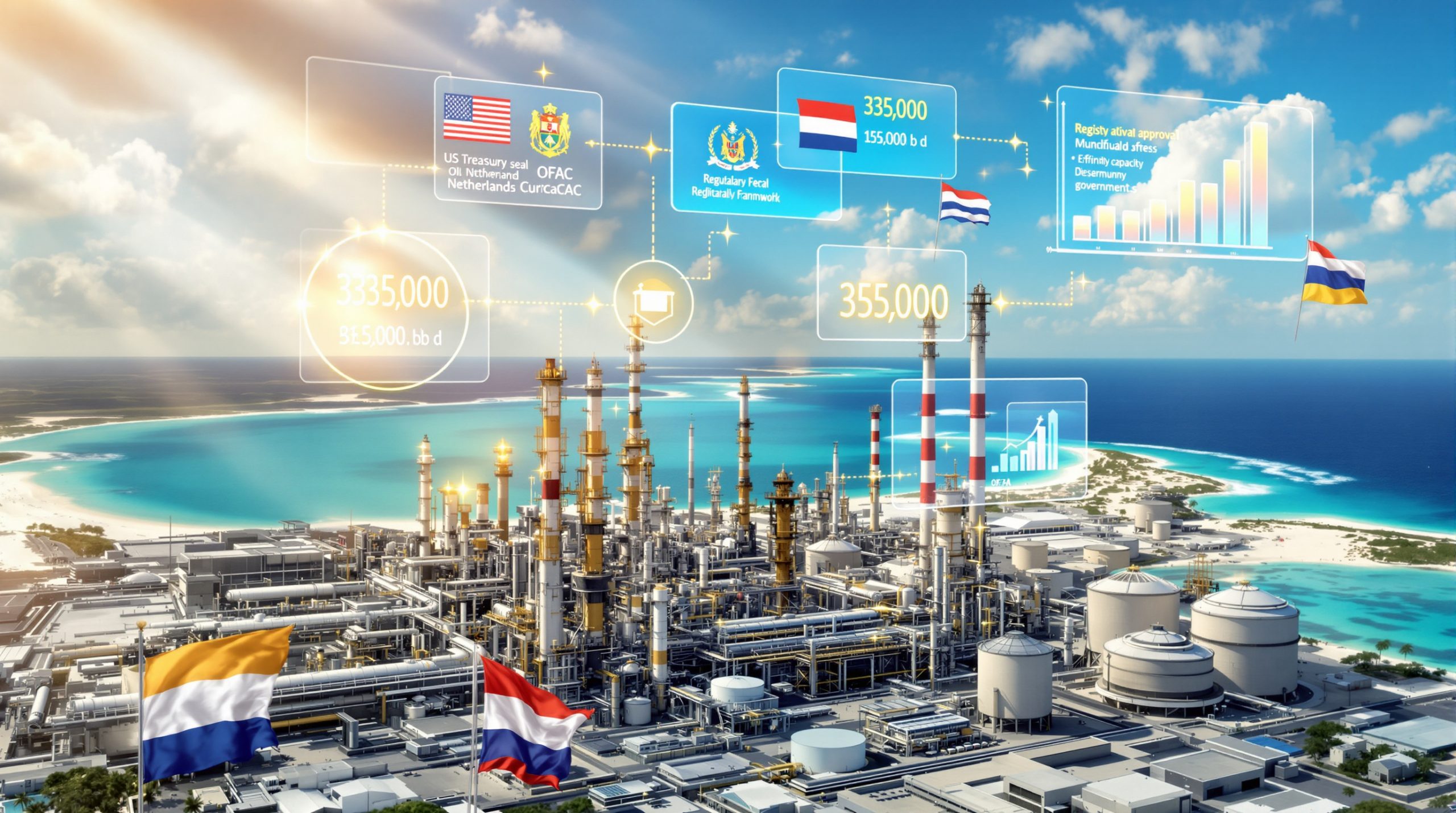What Makes Australia's Highest-Paid Mining CEO Compensation So Exceptional?
Australia's mining sector has become synonymous with extraordinary executive compensation packages, driven by complex market dynamics that create unprecedented wealth-building opportunities for industry leaders. The intersection of commodity cycles, equity-based remuneration structures, and pre-production risk frameworks has established mining as the sector generating Australia's most lucrative CEO payouts.
Understanding these compensation mechanisms requires examining how market volatility, strategic timing, and long-term incentive architectures combine to produce headline-grabbing executive windfalls that consistently outpace other industries.
What Drives Executive Compensation Peaks in Australia's Mining Sector?
Market Capitalisation and Performance Correlation Factors
The relationship between company valuation and executive remuneration in Australian mining operates through sophisticated performance-linked mechanisms that amplify returns during favourable market conditions. When commodity prices surge, mining company share prices typically experience magnified appreciation, creating substantial value in equity-based compensation packages.
Gold Price Performance Impact (2025):
- Gold prices increased approximately 50% throughout 2025
- Commodity reached record highs during the first half of the year
- Direct correlation observed between precious metals pricing and mining executive compensation outcomes
Furthermore, this price appreciation directly influenced the valuation of share options and performance rights granted during earlier periods when gold traded at significantly lower levels. The gold price analysis reveals how the mining sector's inherent volatility creates both substantial risk and extraordinary upside potential for executives willing to accept equity-heavy compensation structures.
Commodity Price Cycles and Executive Reward Structures
Mining executives benefit disproportionately from commodity cycle timing through long-term incentive plans (LTIPs) that lock in exercise prices during market lows. When commodity booms materialise, these historical grant prices become the foundation for massive wealth creation events.
Real-World Example – Develop Global's CEO Structure:
- 14 million options converted to shares in 2025
- Exercise cost: $9.1 million (reflecting historical grant valuations)
- Paper wealth increase: $58 million post-conversion
- Total realised compensation: $59 million (highest-paid mining CEO 2025)
This demonstrates how pre-production option grants, made when company valuations were minimal, generated extraordinary returns when record high gold prices were achieved and operational milestones were met.
How Do Australian Mining CEO Salaries Compare Globally?
International Benchmarking Analysis
Australian mining executives secured dominant positions in 2025's highest-paid CEO rankings, with nine mining and resources chiefs appearing among the top 20 highest-paid Australian CEOs. This concentration represents the highest industry representation of any sector.
2025 Australian Mining Executive Compensation Leaders:
| Executive | Company | Total Compensation (AUD) | Primary Component |
|---|---|---|---|
| Bill Beament | Develop Global | $59 million | Option conversion |
| William Oplinger | Alcoa Corporation | $26.1 million | Mixed compensation |
| Jakob Stausholm | Rio Tinto (former) | $15.6 million | Integrated package |
| Michael Henry | BHP Group | $13.7 million | Performance-based |
Additionally, mining leaders from WA1 Resources, Genesis Minerals, Northern Star Resources, and Yancoal Australia also featured prominently, indicating broad-based compensation elevation across the sector rather than isolated events.
Currency and Economic Environment Factors
The Australian dollar's performance relative to USD-denominated commodity prices creates additional leverage in executive compensation calculations. When breaking record gold prices reach highs in USD terms while the AUD remains relatively weaker, Australian mining companies benefit from enhanced revenue conversion rates, directly flowing through to equity valuations and executive wealth realisation.
This currency dynamic particularly benefits companies with Australian-listed equity but international commodity exposure, creating a double amplification effect for executives holding substantial share positions.
Which Compensation Components Generate the Highest Payouts?
Equity-Based Compensation Mechanisms
Share option conversions consistently generate the largest individual payouts for mining executives, as demonstrated by the substantial gap between base salaries and realised total compensation. The mechanics involve granting options during company development phases when valuations are suppressed, then converting during operational success and favourable commodity cycles.
Option Conversion Process:
- Options granted during pre-revenue or early-production phases
- Exercise prices reflect company valuations at grant date
- Commodity price appreciation drives share price increases
- Conversion creates immediate wealth realisation when share values exceed exercise prices significantly
Analysis reveals mining and healthcare sectors showed the largest discrepancy between statutory reported remuneration and actual realised compensation, with the highest-paid mining CEO capitalising on long-term incentive plans that appreciated far beyond original projections.
Base Salary vs. Variable Compensation Analysis
Compensation Structure Breakdown:
| Component Type | Typical Range (AUD) | Risk Level | Performance Dependency |
|---|---|---|---|
| Base Salary | $1.5M – $3.5M | Low | Minimal |
| Annual Bonuses | $2M – $6M | Medium | High |
| Long-term Equity | $5M – $40M+ | Very High | Extreme |
| Option Conversions | $10M – $60M+ | Binary | Market-dependent |
The highest-paid mining CEO example demonstrates that equity-based components can exceed base salaries by ratios of 20:1 or higher during favourable conversion periods, explaining why mining consistently produces Australia's most highly compensated executives.
What Role Do Pre-Production Phase Incentives Play in Executive Wealth?
Development Stage Risk-Reward Frameworks
Pre-production mining companies utilise equity-heavy compensation structures to attract experienced leadership while conserving cash during capital-intensive development phases. This approach creates asymmetric risk-reward profiles where executive wealth correlates directly with successful project development and favourable commodity market timing.
According to industry analysis, many materials sector CEOs received substantial option grants during their companies' pre-production phases, where outcomes were binary – either highly lucrative or worthless. The willingness of executives to accept these risk structures, combined with their operational expertise, generated exceptional returns when commodity prices and operational execution aligned favourably.
Pre-Production Compensation Strategy Benefits:
- Conserves company cash during development phases
- Aligns executive interests with long-term shareholder value creation
- Creates substantial upside potential during successful transitions to production
- Attracts experienced leadership to high-risk development projects
IPO and Listing Event Compensation Spikes
Public listing events often trigger substantial compensation realisations for mining executives who accepted equity-heavy packages during private development phases. The transition from private to public markets typically involves significant valuation appreciation, making previously granted options and performance rights highly valuable.
Companies transitioning from exploration through development to production phases create multiple inflection points where equity valuations can appreciate dramatically, particularly when timed with favourable commodity cycles.
How Do ESG Factors Influence Modern Mining Executive Pay?
Sustainability Performance Metrics Integration
Environmental, social, and governance (ESG) considerations increasingly influence mining executive compensation structures, though specific performance metrics vary significantly across companies. Safety performance, environmental compliance, and community engagement outcomes are becoming standard components of executive scorecards.
ESG Integration Trends:
- Safety performance metrics affecting annual bonus calculations
- Environmental target achievement influencing long-term incentive vesting
- Community engagement and social licence maintenance requirements
- Governance compliance standards tied to compensation committee approvals
Stakeholder Pressure on Compensation Transparency
Increased shareholder activism and public scrutiny have driven enhanced disclosure requirements around executive compensation justification, particularly for packages exceeding $10 million annually. Proxy advisory firms increasingly examine the correlation between executive pay and company performance across ESG metrics.
This trend toward transparency creates pressure for remuneration committees to demonstrate clear performance linkage and appropriate peer benchmarking in their compensation decisions.
Which Mining Subsectors Generate the Highest Executive Compensation?
Gold Mining Leadership Premium Analysis
Gold mining companies dominated 2025's highest executive compensation rankings, directly correlating with the precious metal's 50% price appreciation during the year. Multiple gold-focused companies appeared in Australia's top 20 highest-paid CEO list:
Gold Sector Executive Representation:
- Develop Global (Bill Beament): $59 million
- Northern Star Resources: Featured in top 20
- Genesis Minerals: Featured in top 20
- WA1 Resources: Featured in top 20
The concentration of gold company executives in top compensation rankings reflects the sector's exceptional commodity price performance and the leverage effect of equity-based remuneration structures during the gold market surge.
Critical Minerals and Battery Metals Executive Pay Trends
While critical minerals and battery metals represent strategic growth sectors, executive compensation data for 2025 suggests these subsectors have not yet generated compensation packages matching gold mining levels. This may reflect different commodity price trajectories or varying stages of company development within these emerging sectors.
Market Development Factors:
- Lithium price volatility affecting equity valuations
- Rare earth elements market concentration impacts
- Critical minerals strategic premium vs. market pricing
- Infrastructure development timeline effects on company valuations
The absence of prominent lithium or rare earth executives from 2025's highest-paid rankings indicates these sectors may be positioned for future compensation growth as markets mature and infrastructure demands increase.
What Are the Tax Implications of High-Value Executive Compensation?
Australian Tax Treatment of Executive Rewards
High-value executive compensation packages create complex tax implications, particularly when substantial components derive from equity-based remuneration. The significant gap between statutory reported and realised compensation noted in mining sector analysis highlights timing differences that affect tax treatment.
Key Tax Considerations:
- Capital Gains Tax: Long-term equity holdings may qualify for 50% discount
- Ordinary Income Treatment: Share option exercises typically taxed as employment income
- Fringe Benefits Tax: Non-cash benefits and equity grants may trigger FBT obligations
- Timing Optimisation: Strategic conversion timing affects tax year allocation
Timing Strategies for Compensation Realisation
The $59 million compensation realisation example demonstrates how executives can optimise timing for tax efficiency. Converting options during favourable commodity cycles while managing tax year implications requires sophisticated planning coordination between executives, boards, and tax advisors.
Strategic Timing Factors:
- Commodity cycle peak identification
- Tax year boundary optimisation
- Capital gains holding period requirements
- Superannuation contribution cap considerations
How Do Board Governance Practices Affect CEO Compensation?
Remuneration Committee Independence Standards
ASX-listed mining companies operate under Corporate Governance Council guidelines requiring independent remuneration committees for compensation decisions. These committees must justify substantial compensation packages through peer benchmarking, performance correlation, and risk-appropriate structuring.
Governance Framework Requirements:
- Independent non-executive director oversight
- External compensation consulting engagement
- Peer group benchmarking methodologies
- Performance metric correlation documentation
Shareholder Voting Patterns on Executive Pay
Australian companies face mandatory "say on pay" votes where shareholders can express disapproval of executive compensation structures. While these votes are typically non-binding, substantial opposition can create reputational pressure and influence future compensation design.
Mining companies with exceptional executive payouts must demonstrate clear performance linkage and appropriate risk-adjustment to maintain shareholder support during annual general meetings.
What Future Trends Will Shape Mining Executive Compensation?
Regulatory Environment Evolution
Current Australian regulatory frameworks allow substantial executive compensation provided appropriate disclosure and governance procedures are followed. No immediate legislative changes appear likely to cap executive compensation, though increased transparency requirements continue evolving.
Regulatory Trend Indicators:
- Enhanced ASX disclosure requirements
- International coordination on compensation transparency
- ESG performance metric integration mandates
- Stakeholder capitalism influence on board decisions
Industry Consolidation Impact on Leadership Rewards
The mining sector's ongoing consolidation creates retention challenges for high-performing executives, potentially driving compensation escalation as larger companies compete for proven leadership. Scale advantages may justify higher compensation levels for executives managing diversified, global operations.
Consolidation Effects:
- Leadership retention during M&A transactions
- Scale economy justification for higher compensation
- International talent competition dynamics
- Succession planning premium for proven executives
The gold market outlook suggests continued volatility, which may further amplify executive compensation opportunities in the coming years.
FAQ: Understanding Australian Mining Executive Compensation
Why do mining CEOs earn more than other industry leaders?
Mining executives consistently rank among Australia's highest-paid CEOs due to several structural factors. Nine mining and resources chiefs appeared in 2025's top 20 highest-paid Australian CEO list, representing the highest industry concentration.
Key Contributing Factors:
- Commodity cycle leverage: ~50% gold price increase directly amplified equity-based compensation
- Risk premium justification: Pre-production phase acceptance creates asymmetric upside potential
- Capital intensity scale: Multi-billion dollar project management justifies premium compensation
- Operational complexity: Technical expertise requirements in challenging environments
How are performance metrics determined for mining executive pay?
Mining executive performance evaluation typically incorporates multiple measurement categories reflecting the sector's operational complexity and stakeholder requirements.
Standard Performance Categories:
- Production targets: Tonnage, grade, and recovery rate achievements
- Safety performance: Incident rates, compliance metrics, and improvement initiatives
- Financial returns: Revenue growth, cost management, and capital allocation efficiency
- ESG objectives: Environmental compliance, community engagement, and governance standards
What disclosure requirements exist for executive compensation?
Australian mining companies face comprehensive disclosure obligations ensuring transparency around executive compensation decisions and structures.
Mandatory Reporting Requirements:
- ASX Listing Rules: Continuous disclosure of material compensation events
- Corporations Act 2001: Detailed remuneration reports within Annual Reports
- Corporate Governance Principles: Board charter and remuneration committee disclosure
- Shareholder voting: Annual "say on pay" resolution requirements
Disclaimer: Executive compensation information reflects publicly available data as of November 2025. Individual compensation outcomes depend on various factors including company performance, commodity prices, and specific contract terms. Past performance does not guarantee future compensation levels. Investors should conduct independent research before making investment decisions related to mining sector equities.
Ready to Discover the Next Major Mining Investment Opportunity?
Whilst mining executives capitalise on exceptional compensation through commodity cycles and equity-based rewards, individual investors can access similar market opportunities through strategic discovery alerts. Discovery Alert's proprietary Discovery IQ model delivers real-time notifications on significant ASX mineral discoveries, transforming complex mining data into actionable insights that help position investors ahead of major market movements like those driving Australia's highest executive compensation packages.




